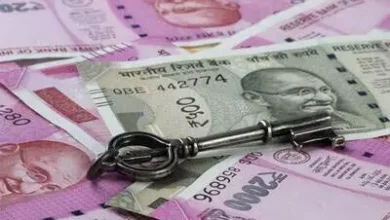Delhi’s business suffered a loss of Rs 2,500 crore – CTI

New Delhi New Delhi: Worsening air pollution conditions in Delhi-NCR and stringent restrictions under the Graded Response Action Plan (GRAP-4) have hit businesses badly, resulting in losses estimated at Rs 2,500 crore in the past month, according to the Chamber of Trade and Industry (CTI). CTI chairman Brijesh Goyal and president Subhash Khandelwal said in a statement that the ban on commercial and light vehicles as well as a significant reduction in vehicles entering Delhi from outside have crippled trade, industry and tourism. “Retail markets in Delhi are witnessing a slowdown as the city’s air quality has reached the ‘severe’ category. News about pollution widely circulated through TV, newspapers and social media is deterring people from visiting markets,” Goyal said. CTI claimed that before the rise in pollution, around 3-4 lakh people from NCR used to visit Delhi daily for shopping. However, now this number has come down to around 1 lakh.
The statement also said that local shopkeepers are preferring to shop online instead of going to the market, which is further increasing the business losses. “Due to this, Delhi’s business is facing a loss of about Rs 100 crore every day. This loss has increased to about Rs 2,500 crore in the last month,” the statement said. Goyal also highlighted the adverse impact on the wedding and tourist season and said that more than 200 events have been postponed. “Due to the toxic air, people from outside Delhi are reluctant to organize events here,” he said. CTI general secretary Gurmeet Arora and senior vice president Deepak Garg said that the ban on construction work has delayed projects and raised concerns about cost overruns. “Workers are also facing livelihood challenges,” they said. With a loss of Rs 100 crore per day, traders are urging the authorities to urgently address the pollution crisis to prevent further economic losses. Delhi recorded eight ‘severe’ air quality days this month, including two ‘beyond severe’ days, as lack of rainfall, regional and local emissions and unfavourable weather conditions led to high pollution levels.





